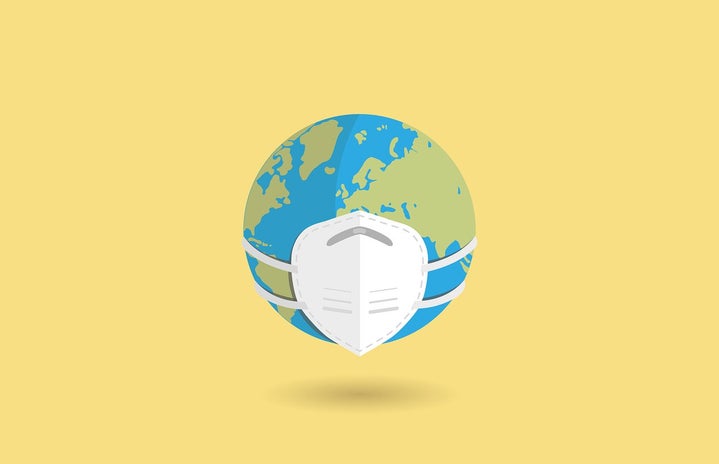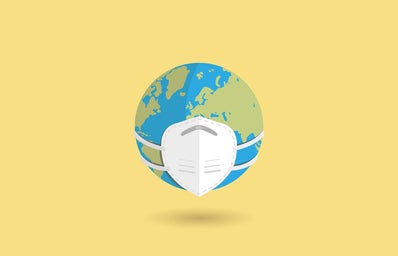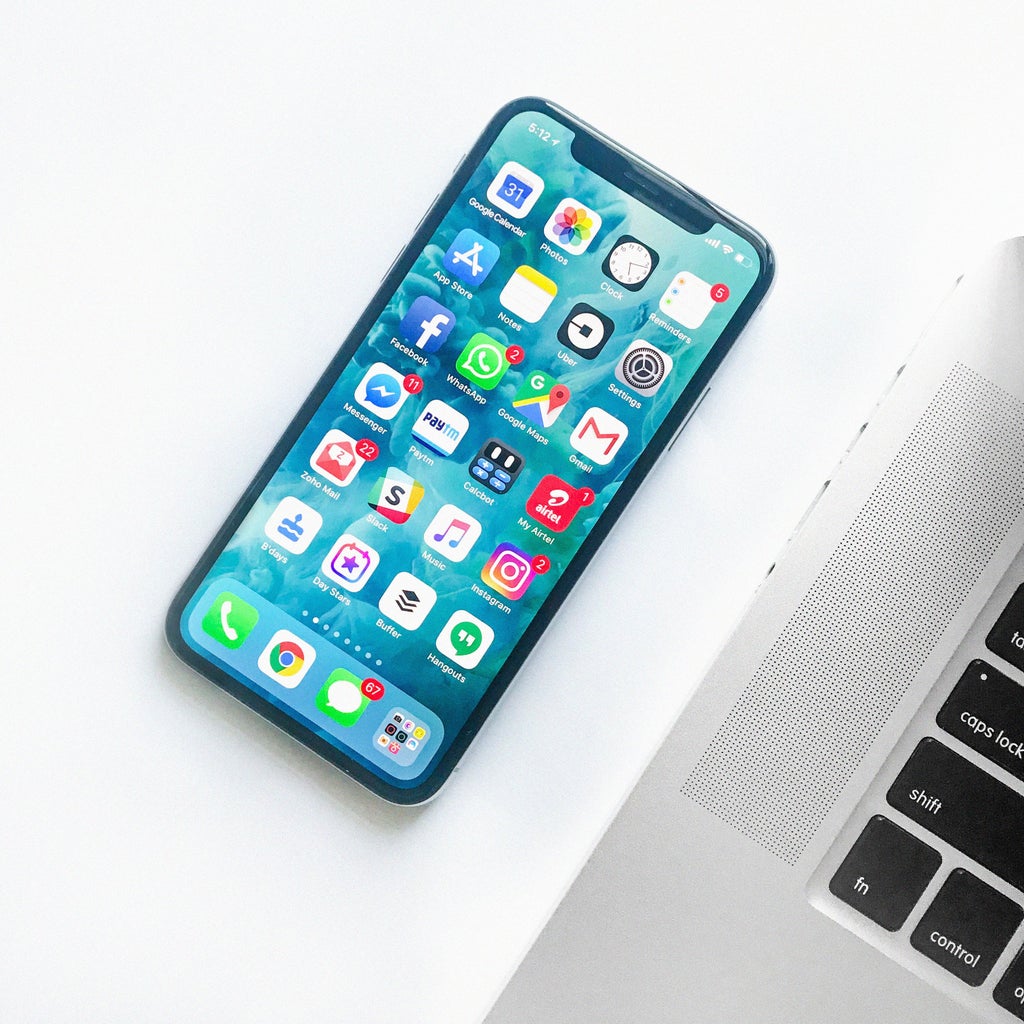Regardless of vaccination status, it’s never a bad idea to get tested for COVID-19. With your American University ID, testing is free and easy at the COVID-19 Testing Clinic.
Where is the clinic located?
The clinic is located in the ground floor of Constitution Hall on East Campus.
What kind of tests does the clinic offer?
At American University’s COVID-19 testing clinic students, staff and faculty can receive a polymerase chain reaction (PCR) saliva test. This will test for an active infection of COVID-19. Those getting tested will self-administer the test to minimize physical contact.
Who can receive a COVID-19 test?
All students, faculty, and staff are eligible to receive a COVID-19 test. Members of the AU community who have been exposed to someone who has tested positive are required to get tested, and those who are experiencing COVID-19 symptoms are also required to get tested. Unvaccinated students must get tested twice a week regardless of contact or if they are experiencing symptoms. Everyone getting tested must have an AU ID number, as this is how test results will be identified. Athletes and other community members may have special testing schedules that can be confirmed by your coach or boss.
How do you prepare for your test?
One hour prior to testing for COVID-19, you are not allowed to eat, drink, vape, smoke, or chew gum or tobacco. This will interfere with the test and your sample may be rejected. However, it’s important to hydrate prior to that hour because you will be required to produce one milliliter of saliva for the test and this can be difficult for some. Before arriving at the clinic, it’s also a good idea to download the app “Safer Community” on your smartphone.
What is the Safer Community app?
“Safer Community” is an app that the university uses to deliver test results to students, staff and faculty at American University. Once downloaded, make an account using your AU email address. It’s important to use your AU email address otherwise the system will connect you to a different university. You’ll also be asked to fill out some personal information in order to facilitate contact tracing and gather data. If you don’t have a smartphone or can not access “Safer Community” for any reason, your test results can be emailed to you instead. Lastly, it’s important to bring a mask to wear to the clinic. After creating an account with Safer Community using your AU credentials, you’ll be provided with a QR code to present to the Health and Safety Ambassadors at the clinic. They will scan you in and set up a test to be attached to your account. In the 8-24 period following your test, you’ll receive your results through the app under the option “View Health History”.
How is the test administered?
This is a self-administered test. After receiving your test kit and alcohol wipe from the Health and Safety Ambassador, enter the testing room and pick a station. At this station you can empty the contents of your kit, which contains a vial and a funnel. Using the funnel, fill the vial with one milliliter of saliva, leaving any bubbles above that line as those could dissolve. You’ll find a red biohazard bin at your station, which is where you can dispose of the funnel when you are finished. Nex you’ll need to close the vial with the cap it came with, and wipe it down with the alcohol wipe. Put your vial back into the bag you received and take these materials to the exit at the back of the testing room where they will be collected. The employees at the end will take your tests and make sure that you’re all set.
Who are the Health and Safety Ambassadors?
At the clinic, there are student employees who are Health and Safety Ambassadors. They will help you to check-in and get set up with your COVID-19 test, and assist with any issues related to the app. You’ll receive instructions from them as to how the test is administered. Health and Safety Ambassadors also work on campus to remind students, staff and faculty to keep their masks on and follow COVID-19 protocols. The Health and Safety Ambassador program is currently accepting new applicants.
Tips for Getting Tested
It’s important to remember that this is a difficult time for everyone, and that patience is key. There have been technical issues with the app, but the employees will make sure that you receive your results no matter what. Sometimes the clinic gets crowded, especially if someone tests positive and all of their classmates need to receive a test as well. Remember to social distance and wait your turn before speaking with a Health and Safety Ambassador. Downloading the app beforehand is also really helpful because it minimizes the time you need to spend in the clinic, maximizing your safety. Safety is the top priority.
What happens if the test is positive?
Testing positive is obviously a scary thing, given the magnitude of this virus and the way in which it’s impacted all of our lives for the past two years. But it’s important to stay calm and follow protocols. Students who live in on-campus housing will relocate to isolation housing arranged through the university to quarantine according to the CDC guidelines. Students who live off campus will need to quarantine off campus. You will be contacted in order to facilitate contact tracing, and those who have had close and prolonged contact with you will be made aware that they need to be tested.
In person education means more freedom, more social interaction with friends, and more of the college experience that we’ve lost. But it also means more responsibility to keep ourselves and others safe. It’s always important that we all do our part in ensuring the safety of ourselves and others around us, now more than ever.




